How to produce cinematic beats worthy of a Hollywood epic
Enormous drum and percussion sounds are the order of the day as we turn our attention to producing blockbuster beats suitable for a Hollywood epic
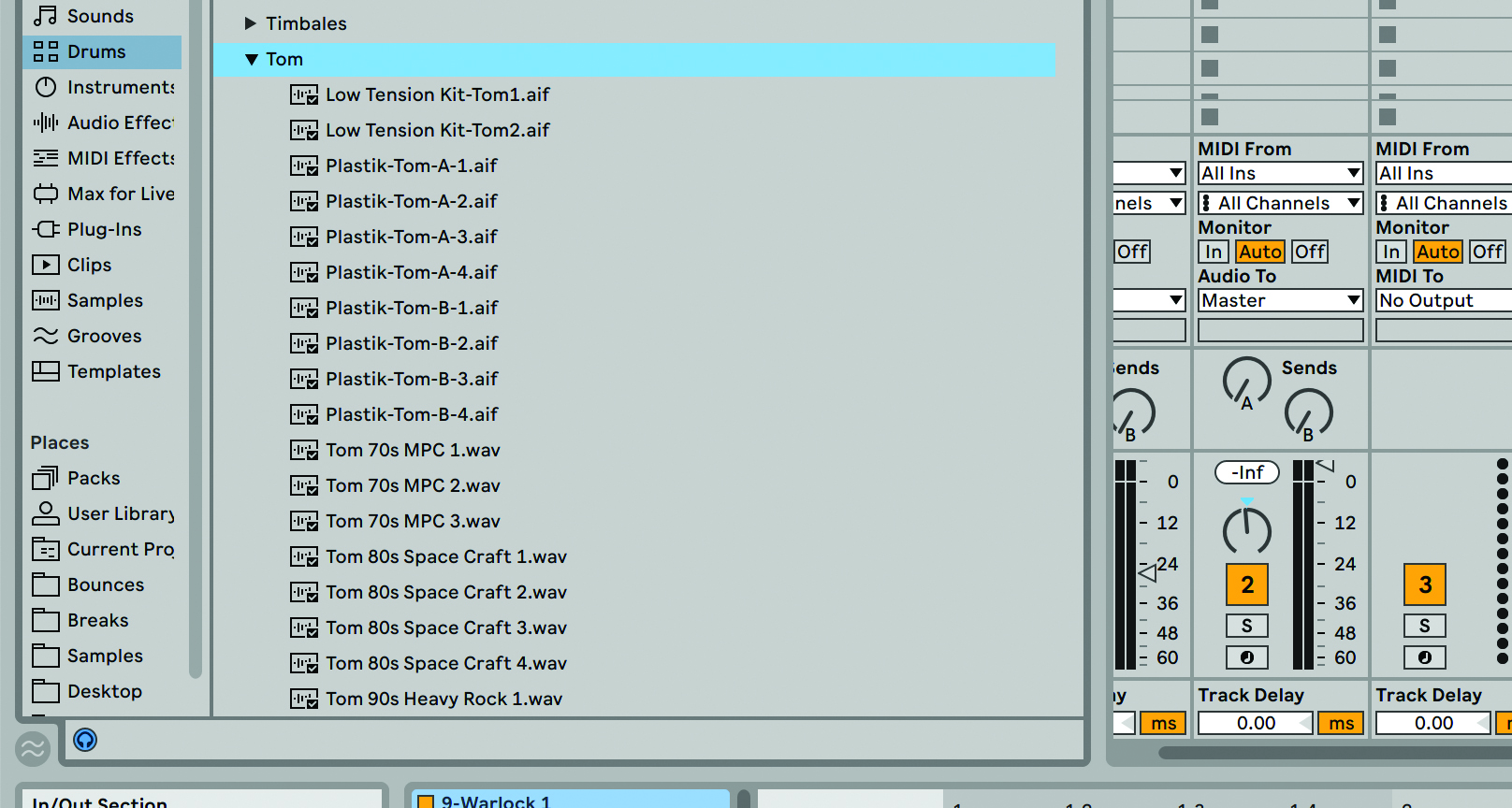
Step 1: Although the temptation when building cinematic, soundtrack-style beats is to search for interesting ethnic sounds, the humble tom tom is a brilliant option. Here, we’re picking some sounds from Ableton Live’s Drum library folder but you should be able to find sounds in your DAW or third party instruments like BFD. (Audio to download: Step 1a and 1b)
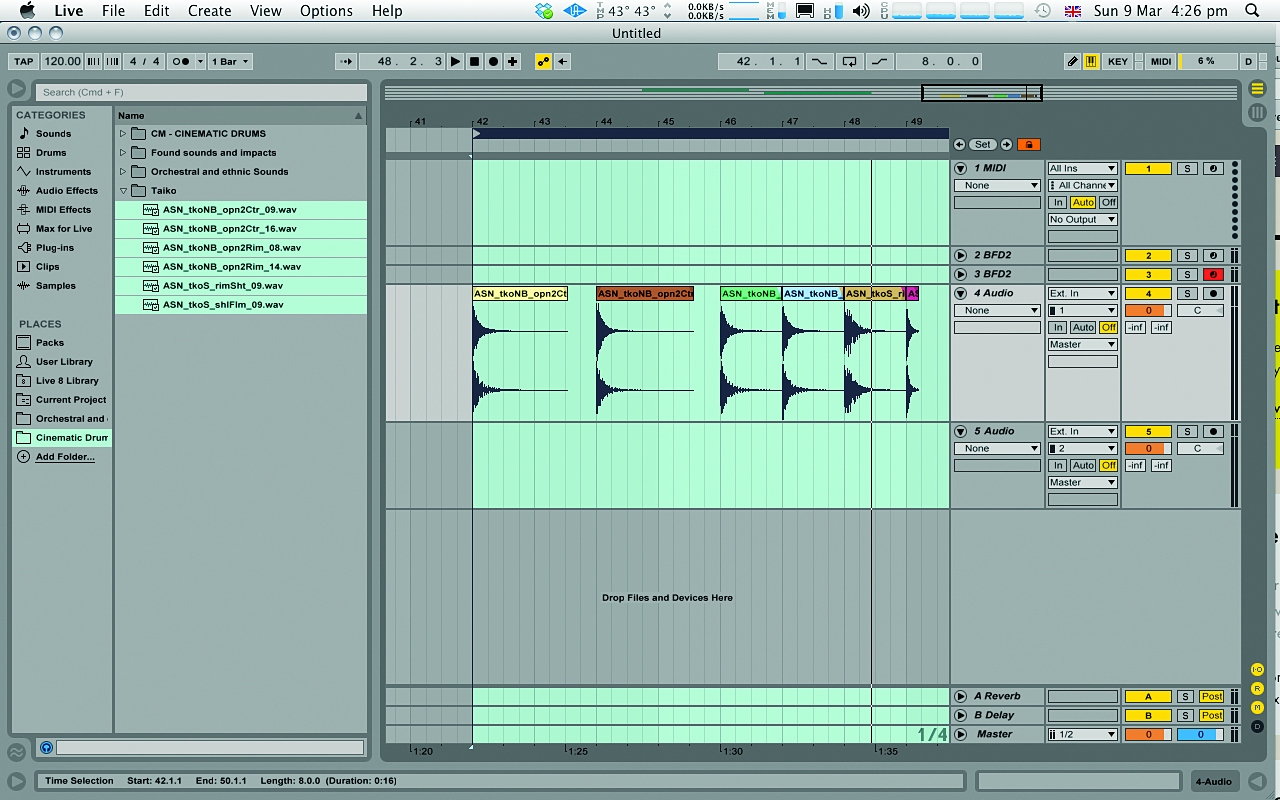
Step 2: Big taiko drums are perfect for thunderous sounds, but are often recorded with ambience, making each sample set sound very particular. We collect together samples of hits made on the centre and rim of the drum, plus a proper rimshot and a flam. This gives us the programming flexibility we want but with consistency, as our hits all come from the same sample set. (Use our audio if you don’t have any.)
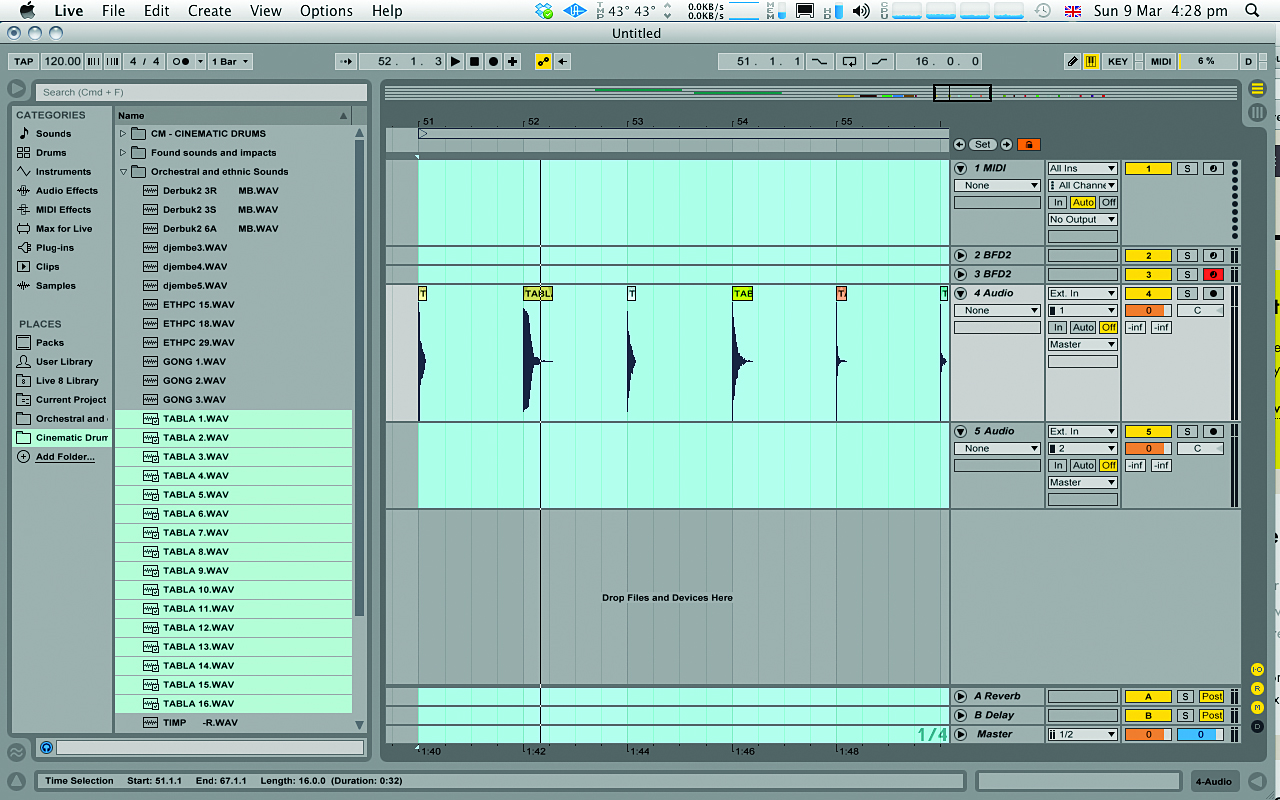
Step 3: For musical energy and a sense of urgency, tablas are ideal, but they’re capable of so many tones that it can be hard to know where to start. Here, our sample set comprises 16 sounds, divided into short slaps, choked thumps and deeper, sustained sounds. We map these out across our sampler, so that we can pick and choose from them when programming.
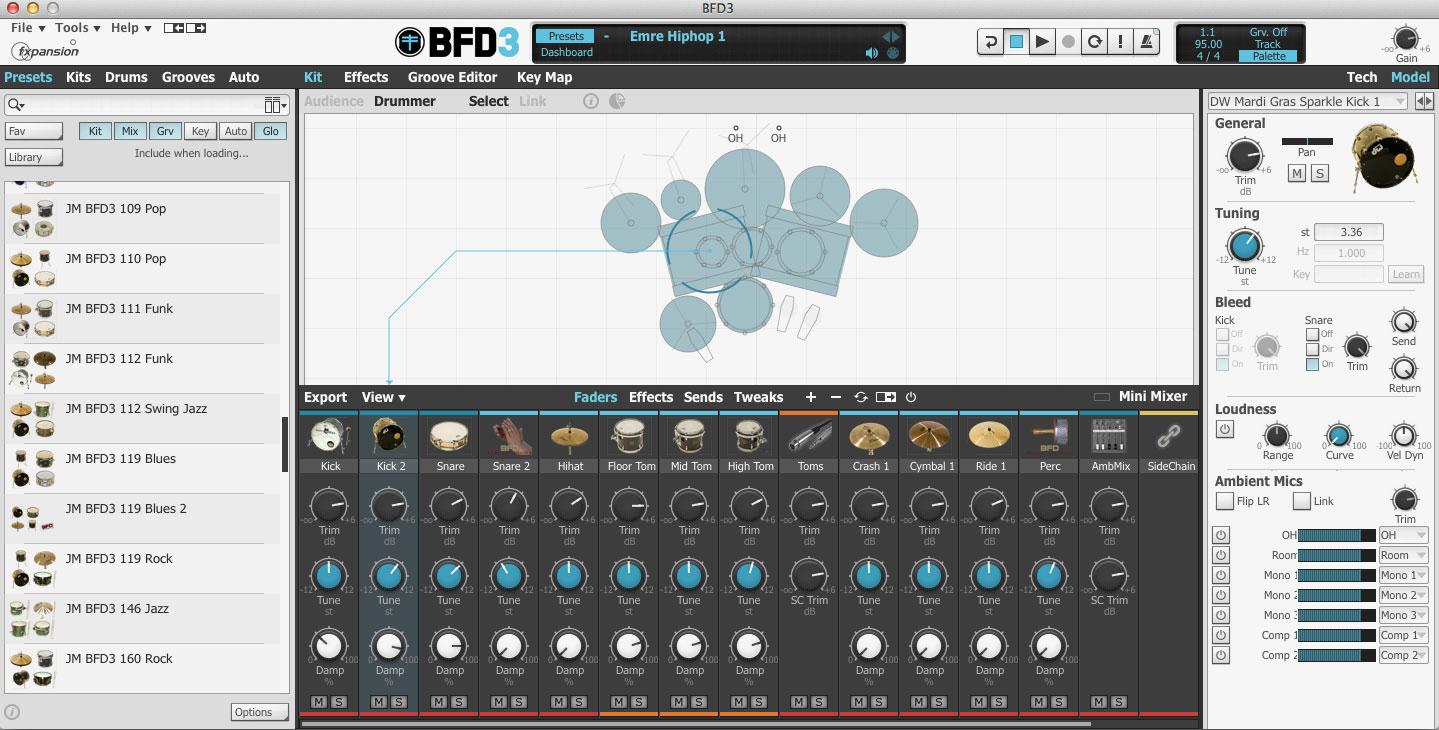
Step 4: Marching band snare drums cut through pretty much anything, and their clicky sound is great for accents or ‘regimented’ musical sections. To make the most of them, seek out a sample set like FXPansion’s BFD (above) with a range of articulations, like flams and rolls. You could program these yourself, but they often sound much better when sampled ‘as played’. Again you can use our audio here.
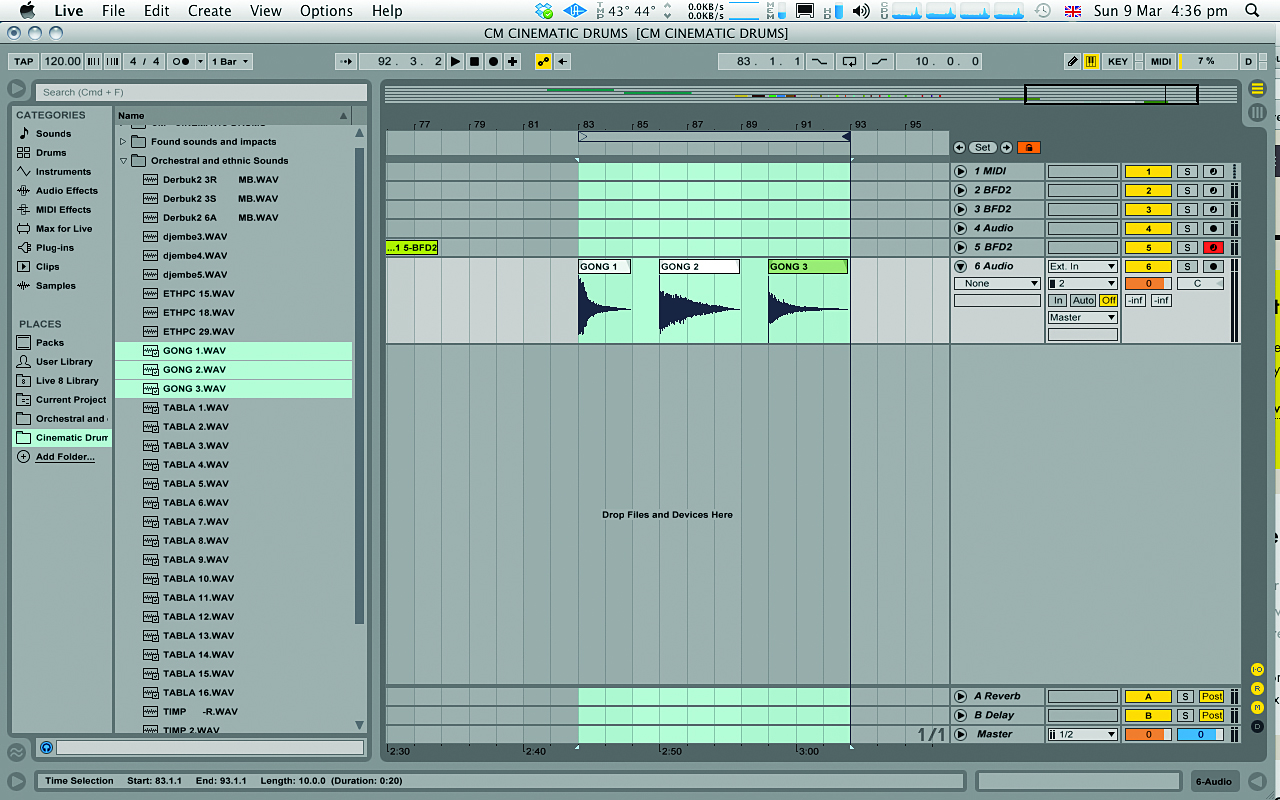
Step 5: Gongs produce a very deep and powerful sound, and when rolled they can also give a glorious shimmering effect. Here we have three basic sounds: a deep one produced with a soft beater, a harder one with a stick, and one with pitchbend in it. (Audio: Step 5)
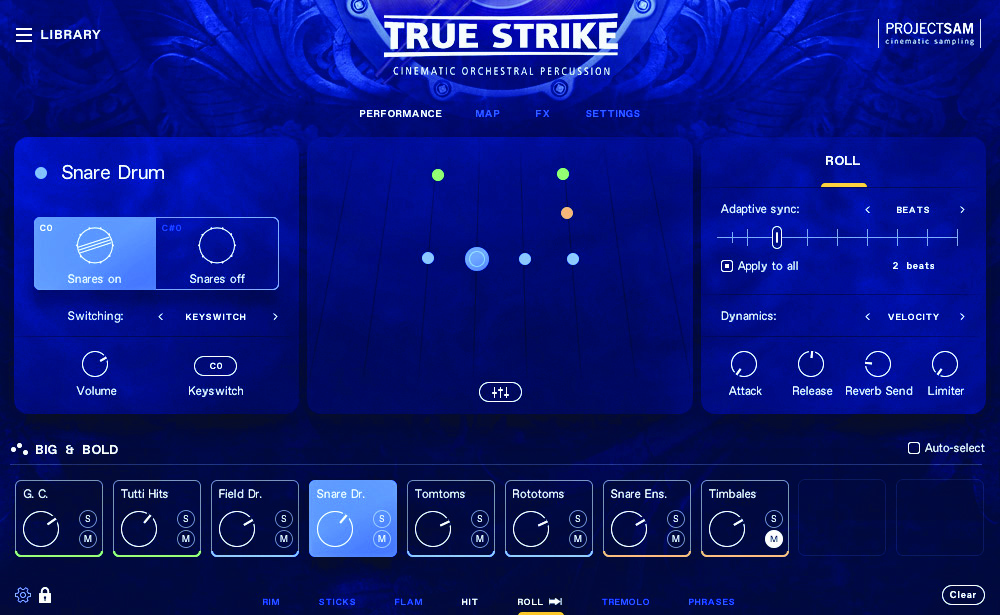
Step 6: For crescendos, it’s good to have a selection of regular suspended cymbal swells. Here we have two sets: one played with soft beaters, the other a China-type cymbal played with hard beaters (from True Strike). The sample sets include various lengths of crescendo rolls, as well as both choked and sustained endings – these will all prove useful at the programming stage.
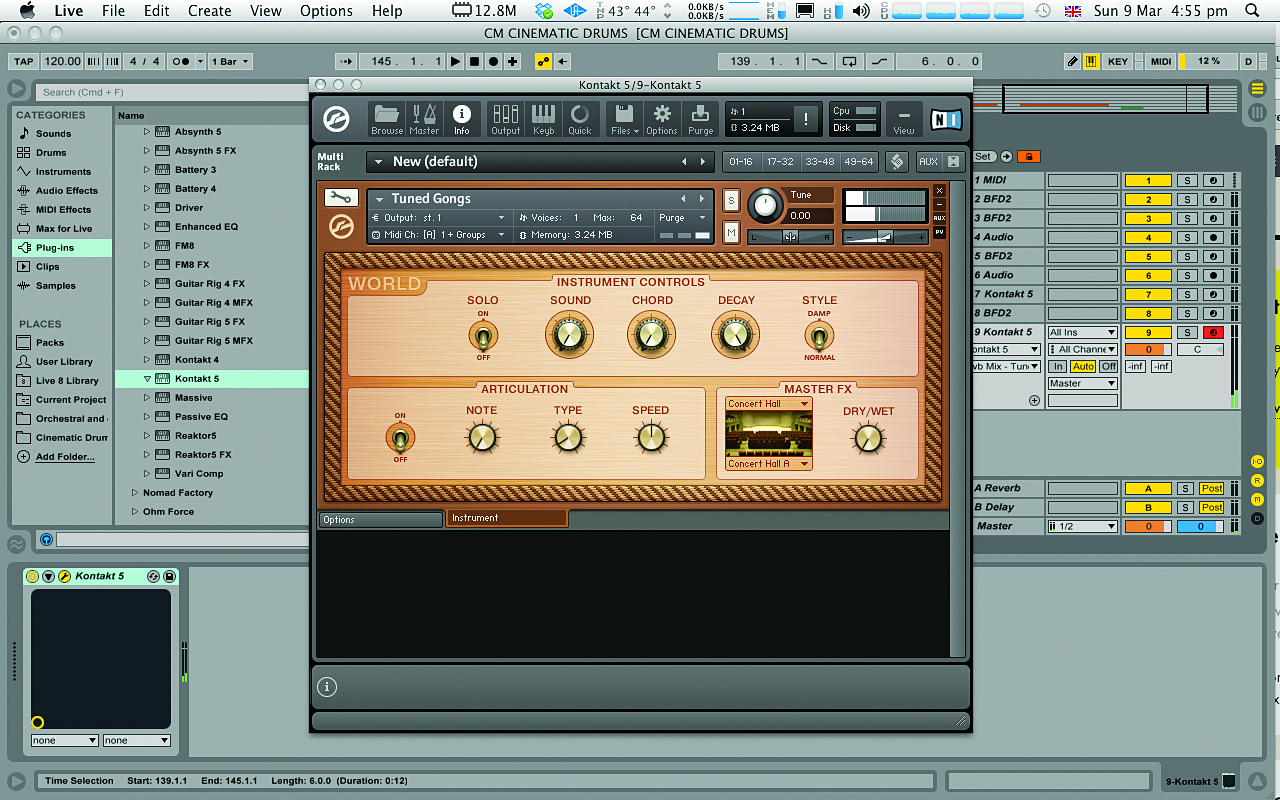
Step 7: Traditional cymbals from East Asia offer a particularly interesting bending sound that instantly evokes an exotic atmosphere. We collect together a selection including tuned and bowed gongs – the latter are particularly good for haunting ambiences.
Want all the hottest music and gear news, reviews, deals, features and more, direct to your inbox? Sign up here.
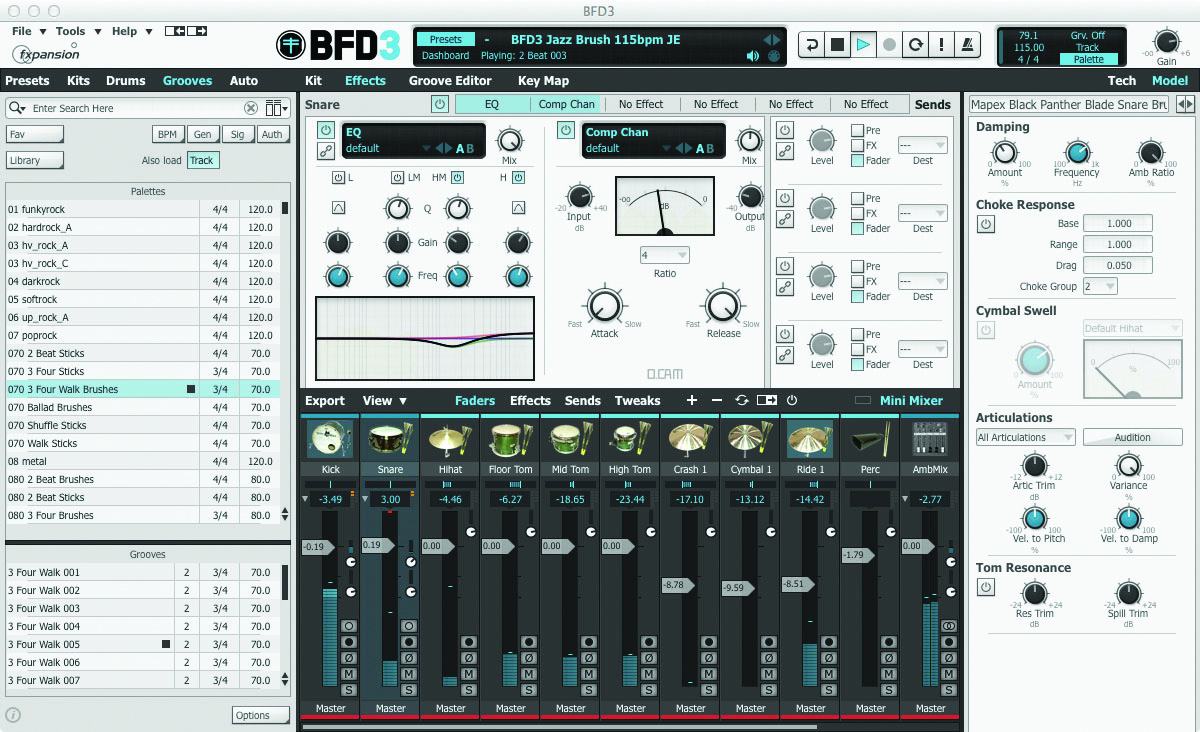
Step 8: Our final sound is an orchestral tambourine, which has far more character than the plastic ‘rock’ version. For this we head back to the percussion section in BFD, which contains a great wooden tambourine with multiple articulations, including muted hit, rim, thumb roll and single shake. Lots of textures to play with!
Computer Music magazine is the world’s best selling publication dedicated solely to making great music with your Mac or PC computer. Each issue it brings its lucky readers the best in cutting-edge tutorials, need-to-know, expert software reviews and even all the tools you actually need to make great music today, courtesy of our legendary CM Plugin Suite.
